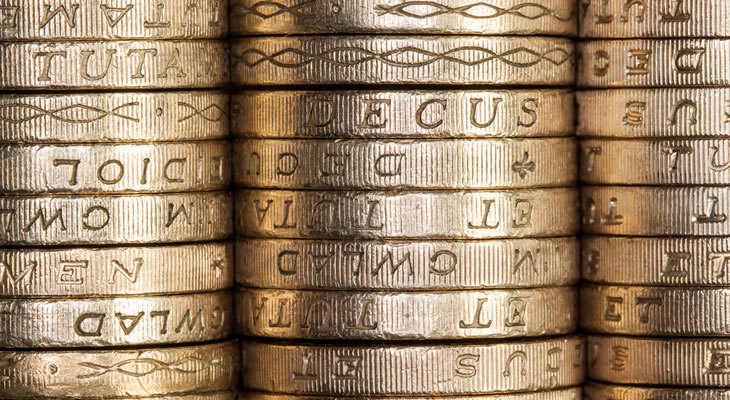GBP/AUD Exchange Rate Risks Declining on UK Earnings Slowdown
The Pound to Australian Dollar exchange rate (GBP/AUD) has risen by 0.3% on 23rd January, but remains vulnerable to a potential loss when UK earnings figures come out.
These will be released on 24th January and are predicted to show no change in average earnings during November, although such outcomes are not set in stone.
The earnings figures are particularly important because they will be compared to last week’s inflation data, which showed a slowdown in UK price growth.
The pace of inflation is currently higher than the rate of wage growth, which means that UK households are gripped by a wage squeeze that reduces their real incomes.
If UK earnings growth slows unexpectedly then the national wage squeeze will be sustained, increasing the long-term risk to UK GDP and retail sales activity.
In this event, the Pound to Australian Dollar exchange rate could decline.
If earnings growth makes a surprise increase, however, the Pound could rise sharply because the national wage squeeze would be lessened.
Declining UK GDP could Trigger Near-Term GBP/AUD Exchange Rate Decline
After the dust has settled from UK earnings figures, the Pound to Australian Dollar exchange rate could also be affected by upcoming UK GDP growth estimates.
These will be out on 26th January and are tipped to show a slowdown in annual growth during the fourth quarter of 2017.
Such a slowdown could panic traders and lead to a Pound depreciation, especially if the quarter-on-quarter reading also falls.
The readings are only initial estimates, but this would set a poor precedent for the UK going into 2018.
Recent forecasts from the International Monetary Fund (IMF) have set the bar low for UK GDP growth in the future, raising the stakes for Friday’s stats.
The IMF expects UK growth to be around 1.5% in 2019, down from their previous 1.6% estimate. For 2018, the IMF UK growth estimate remains at 1.8%.
Australian Dollar to Pound (AUD/GBP) Rate could Turn Turbulent on RBA Interest Rate Decision
For the Australian Dollar, the next significant influencer could be the Reserve Bank of Australia (RBA) interest rate decision on 6th February.
The RBA’s current official cash rate (interest rate) is 1.50%, but there are suspicions that the bank could make at least one interest rate hike in 2018.
While there may not be a rate hike in February, some still predict that a hike could come as soon as May this year.
At ANZ Bank in particular, economists estimate a 0.25% rise in Australian interest rates during the month;
‘Our forecasts are in line with those published in the RBA’s Statement on Monetary Policy, and consistent with the view that inflation has stabilised and is set to gradually rise over time.
An outcome in line with our forecast will, we think, provide sufficient comfort around the inflation outlook to pave the way for a 25 basis point rate hike in May’.
If February’s RBA meeting brings signs that the bank is genuinely considering an interest rate hike in the coming months, the Australian Dollar could rise sharply against the Pound.


Comments are closed.